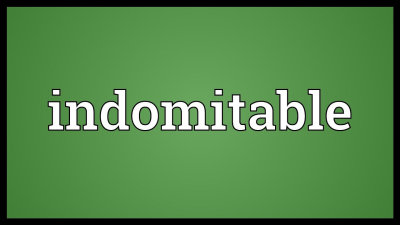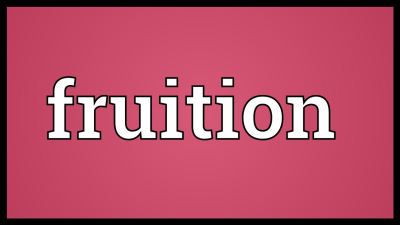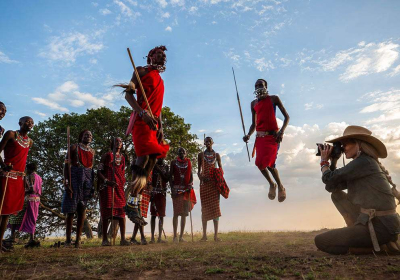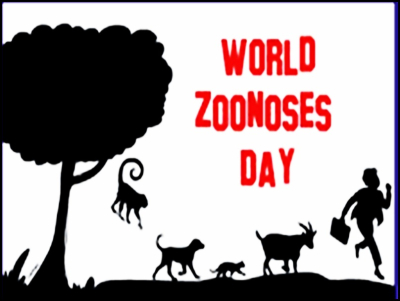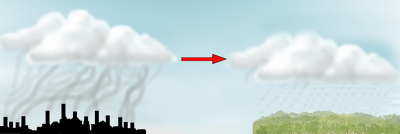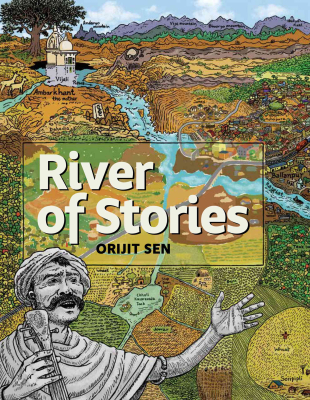Invasive species
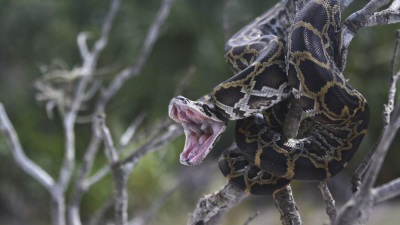
Invasive species are those that get introduced to a new ecosystem, where they end up replacing or affecting the native fauna or flora. These are mostly introduced by humans. Let's read up on a few of the invasive species.
WILD PIGS
The wild pigs are native to Eurasia and parts of North Africa. Also called wild boar or feral hogs, the wild pigs arrived in the 1500s in the U.S. and are one of the most invasive species in North America. They were shipped in by Spanish colonisers as a mobile meat source. Over time, they populated the forests of the southeastern U.S., where their genes got mixed with escaped domestic pigs. They are such a threat as they can live anywhere, eat anything, and have a very high reproductive rate. They destroy crops, landscapes and spread diseases.
MOUNTAIN PINE BEETLE
A small bark insect, the mountain pine beetle depends on a host tree to feed and lay its eggs. They may seem inconspicuous, with just about one-fourth of an inch in length but they are one of the worst invasive species. They have had a massive impact on the pine forests, boring holes in the tree's bark. They lay eggs in these holes under the bark and deposit a fungus that eventually kills the tree. In fact, in 1995, an outbreak of this pest in the western United States and Canada led to the destruction of millions of acres pine forest.
BURMESE PYTHON
The Burmese python is one of the most concerning invasive species in South Florida where they have established a breeding population. They have even replaced alligators as the apex predator in Florida and have led to the decline of many native species, with the population of small animals dropping at alarming rates. Populations of raccoons, opossums, bobcats, marsh rabbits, cottontail rabbits, and foxes have all been on an alarming decline. These pythons got introduced as a result of the exotic pet trade after they escaped from their owners or got intentionally released into the wild by their owners.
BROWN TREE SNAKE
The brown tree snake was introduced to the Pacific island of Guam in the 1950s. And ever since its introduction, it led to the decimation of the native bird and animal populations on the island. It is believed to have been introduced via cargo ships or aircraft. The snakes which easily spread across the island also cause power outages when they climb electrical wires! Among the 11 native bird species in Guam, nine species went extinct after the snake's introduction.
EUROPEAN STARLING
European starlings are an invasive species in the United States. Interestingly enough, its arrival was the result of a plan to introduce all the species referred to in the works of English playwright William Shakespeare. These birds are native to Europe, Asia and northern Africa but easily took to the landscape of the U.S. and spread quickly across the country, affecting the population of native bird species.
LANTANA CAMARA
One of the worst invasive species in the world, Lantana camara was introduced in India by the British in the 1800s. It came in as an ornamental plant but ended up taking over several ecosystems as an invasive plant. Its ability to spread on the forest floor, climb over trees as a creeper or entangle with other native plants aided it in establishing itself. It continues to spread in India even as methodologies are being adopted to weed it out.
Picture Credit : Google

